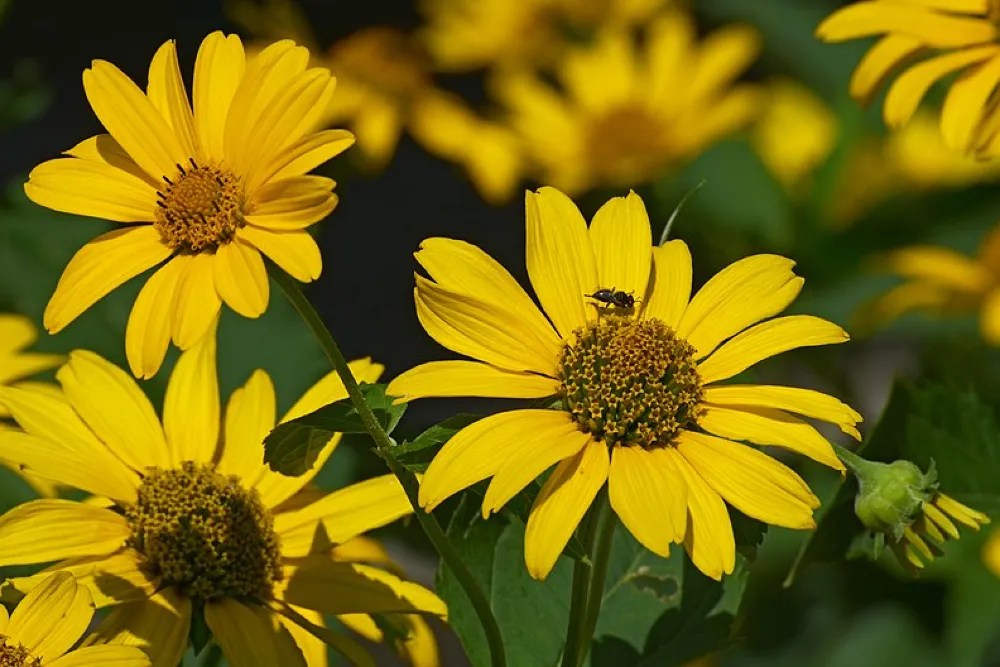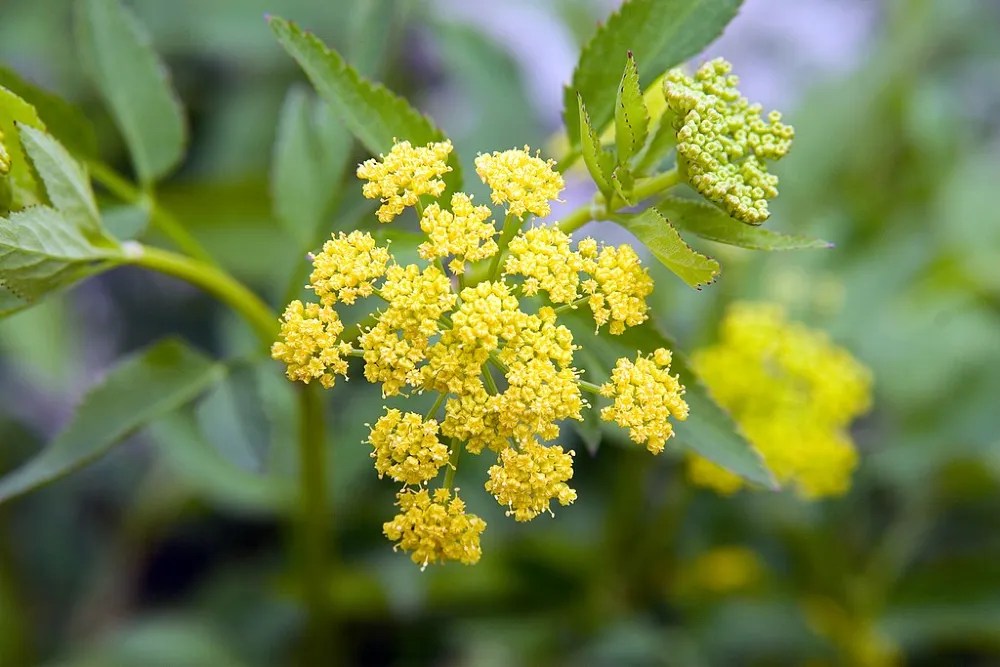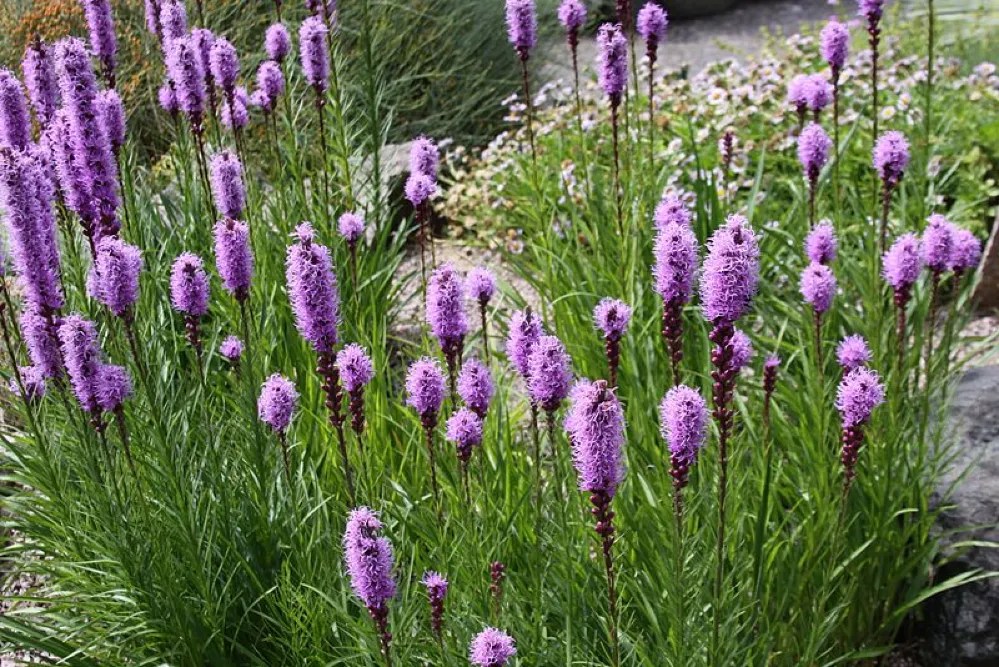Related
Soil represent a crucial rolein the growth and health of plant , however , not all soils are the same ! Some are sticky and heavy , like mud . This grime has first-class water and nutritive retention but lacks right drain . It is because of the tiny particles of the clay soil ( inconspicuous to the naked eye ) , which can only curb small amount of air . So , adding piss creates constrict clay stain , crap it challenge for the works roots to riddle .
So , should you grow plants in Lucius DuBignon Clay stain ? Well , of grade ! Henry Clay soils are fabulously fertile . But you mustchoose your plantswisely . works that can tolerate poor aeration or weewee logging are the sound for growing in stiff dirt .
Purple Coneflowers
Image Credits : Alicja via Pixabay
purplish coneflower ( Echinacea purpurea ) is a stunningherbaceous perennialthat can thrive in zones 3 to 8 . With its vibrant purple blooms that span up to 5 inches in diameter , it is an excellent addition to your garden . It typically develop 2 to 4 fundament tall and has dark green leaves contrasting beautifully with its blush .
Plant empurpled coneflower in full sun ( at least six hours of sunlight daily ) for best results . In increase , this industrial plant can adapt to different uprise conditions , including estrus , humidity , and pathetic dirt . While purple coneflower can thrive in clay , they do n’t wish soggy soil .

contribute constitutive matter such as compost or well - decompose manure when planting in clay soil . It will break up the soil , meliorate drainage , and increase aeration . To do so , spread a level of organic matter over the soil open and work it in with a garden crotch or tiller to a depth of at least 12 to 15 inches .
Oxeye Sunflowers
figure deferred payment : Ввласенко via Wikimedia Commons
heliopsis sunflowers ( Heliopsis helianthoides or simulated sunflowers ) are a delicious improver to your garden . These aboriginal North American plantsbloom in summer , ordinarily between June and October , with burnished xanthous flowers up to 3 inches in diam . Growing 3 to 4 foot tall , they sport spear - form leaves that reach up to 6 inches long .
Oxeye sunflowers flourish in zone 3 to 9 and are hardy enough to tolerate various type of land , including shallow - rocky and clay grunge . However , for optimal growth , they prefer full sun and veritable lacrimation when there has n’t been much pelting . Henry Clay soil can be improve with organic matter , such as compost or older manure , to ameliorate drainage and aeration . The theme may require extra accompaniment to prevent them from bending over if develop in the shade .

Golden Alexander
Image credit : David J. Stang via Wikimedia Commons
Golden Alexander ( Zizia aurea ) is a beautiful , low - growingperennial plantproducing sensational jaundiced or golden bloom . Native to North America , it can grow in various habitat , include prairies , meadows , and timber edges .
This plant can add a stunning burst of colour to your garden with minimum care . Golden Alexander prefers moist sandy - clay soil and full to partial sunlight . It can grow up to 1 to 2 invertebrate foot grandiloquent and is worthy for planting in zone 3 to 9 . The flowers typically come out in late leaping , around April to June , and are a great rootage of ambrosia for pollinators such as butterflies and bee .

Russian Sage
Image credit : cultivar413 via Openverse
Russian sage ( Perovskia atriplicifolia ) is a democratic repeated plant life that can thrive in clay grime . It raise about 3 to 4 feet tall and has ticklish , lilac - blue sky flowersthat add beauty and interest to your garden .
To grow Russian sage in Lucius Clay territory , it ’s crucial to repair the soil to improve drainage . tally organic subject such ascompost or aged manureto the filth to transgress up the stiff and create a more poriferous growing medium . Doing so help prevent waterlogging and ensures the works ’s roots have decent O . Russian sage prefer full sunshine , so choose a planting location that receives at least six time of day of lineal sunlight day by day .

Blazing Star
epitome Credits : Drew Avery via Wikimedia Commons
Liatris spicata , commonly recognise as blaze adept , is a beautiful industrial plant that can fly high in Lucius DuBignon Clay soil . It feature strikingbright purple blossom , about ¾ column inch in diam , that acquire on 6 to 12 - in - long spikes . The flossy , disc - determine flowers give it the appearance of a blaze wizard . The industrial plant develop up to 2 ½ feet tall and blooms in summer ( in the main July to August ) .
Blazing star is hardy in zones 3 to 8 and requires full sun to grow well . While it need even watering until it establishes , it can permit drought - like conditions once established . However , the plant can not live in excessively moist territory , especially in winter . To grow it successfully in Lucius Clay soil , amend it with constitutional matter such as composted tree bark , wood chips , or straw to ameliorate drain and aeration .

Hairy Phlox
Image credits : sasapancheko via Canva
Hairy or downy phlox are sun - loving phlox species that can rise in various soils , including clay . This species is native to the southeastern US and can be seen spring up along roadsides . Its clean blue , white , or dark magenta flowersattract butterfliesto your garden . The plant is make for the soft white haircloth that extend its stem , leave-taking , and corolla tubes .
haired phlox is a low - growing plant that typically reaches a height of 1 to 2 foot . It thrives in geographical zone 4 to 9 and take full sunlight to spring up well . It ’s a good estimate tomulch around the plantin the summer to keep the roots cool and preclude overwatering in clay soils .

hirsute phlox does not abide humid conditions , so remedy the clay stain with organic matter to increase drain and reduce excessive wet . Add constituent affair such as compost , aged manure , or leaf mold to break up the clay and create a more poriferous produce spiritualist . Doing this helps prevent waterlogging and assure the flora ’s root take in adequate atomic number 8 . Incorporate the organic subject into the dirt to a deepness of at least 1 invertebrate foot before planting .
From Mud to Magic!
The key to growing plants successfully in Lucius DuBignon Clay soil is toamend the soilwith constitutional matter to better its structure , drainage , and nutrient availability . select plants well - suit to remains filth conditions and leave the proper produce environment , include decent sunshine and watering , is also essential .
With careful provision and attention , you’re able to make a beautiful and thriving garden even in challenging clay soil !



